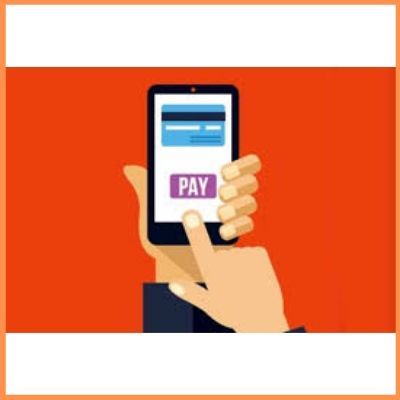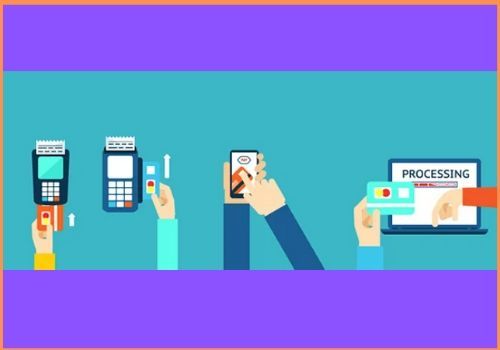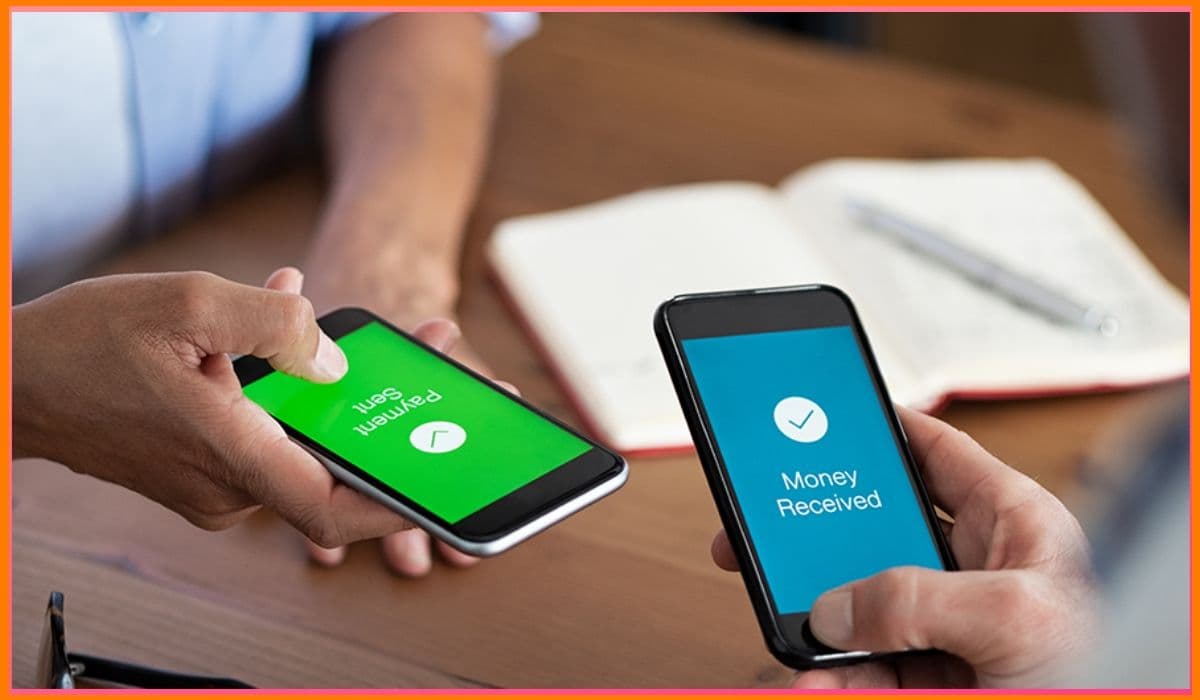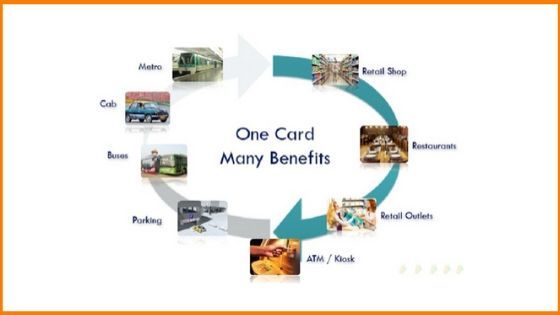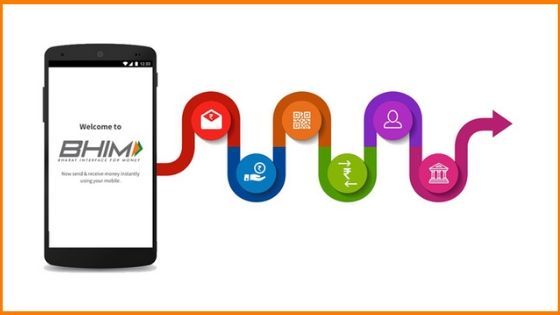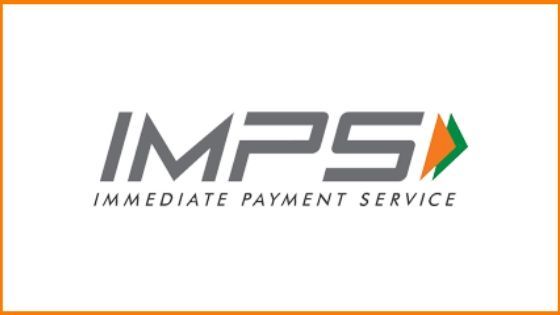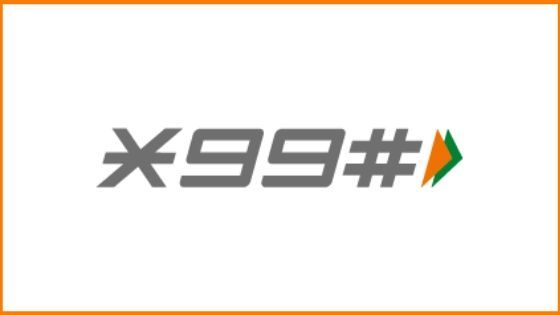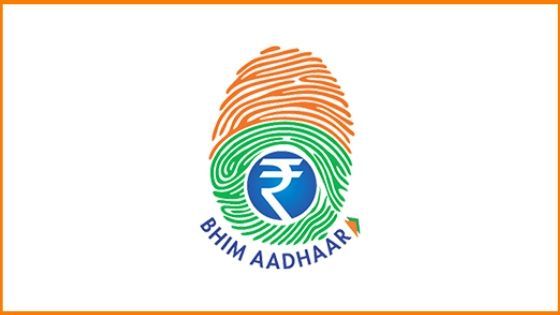Company Profile is an initiative by StartupTalky to publish verified information on different startups and organizations. The content in this post has been approved by the organization it is based on.
We all love being protected. Nowadays we do not feel safe to carry money with us in our pockets while going outside for shopping or maybe having food in the restaurants. Rather we all prefer credit or debit cards. These cards help users feel safe.
Nubank is the largest Fintech in Latin America. It is a privately held company which deals with Financial Services. Nubank has also got an engineering office in Berlin and Mexico City and is headquartered in São Paulo, Brazil. The company provides a credit card to the consumers which can be controlled with the help of a phone 24×7. Read the Nubank success story below.
Nubank – Company Highlights
| Company Name | Nubank |
|---|---|
| Headquarters | Sao Paulo, Brazil |
| Sector | Finance, Financial Services, Fintech, and Payments |
| Founders | David Velez, Adam Edward Wible and Cristina Junqueira |
| Founded | May 2013 |
| Website | nubank.com |
Nubank – About
Nubank – Startup Story
Nubank – Founders and Team
Nubank – Business Model
Nubank – Revenue Model
Nubank – Funding and Investors
Nubank – Growth
Nubank – Acquistions
Nubank – Competitors
Nubank – Future Plans
Nubank – FAQ
Nubank – About
Nubank is a platform that processes, issues, transfers and administrates payments related to post-paid credit cards. The company has launched a digital account named ‘NuConta’. It is used by more than 17 million people.

Nubank – Startup Story
In 2013, David Vélez went to a Brazilian bank branch to open an account. He had a horrifying experience there. Firstly he had to check his bag in a locker outside and then he waited and passed through a security line. There he waited for 45 minutes and finally got an opportunity to speak to someone. He felt that the man was doing him a favour by talking to him about the creation of an account. Then again David was sent to make a phone call to the bank employees.
The procedure took a long period of four months. He knew that anywhere he would go in Latin America, he would experience the same. There half of the population has got neither credit cards nor bank accounts. So, he decided to build something modern and different aptly titled Nubank.

Nubank – Founders and Team
The founders of the company are David Vélez, Edward Wible and Cristina Junqueira.
- David Vélez is the founder and the CEO of Nubank. He was a board member at Despegar.com. He was also a partner at Sequoia Capital. He was the senior associate at General Atlantic. He began his career as an analyst at Goldman Sachs. He pursued his education from Stanford University.
- Edward Wible is the founder and the CTO of Nubank. He is a graduate in Computer Science from Princeton University.
- Cristina Junqueira is the co-founder of Nubank. She began her career from Boston Consulting Group. She has got a bachelor’s and a master’s degree in engineering from the University of Sao Paulo.

Nubank – Business Model
The company offers the customers a low interest and a no-fee credit card which can be managed with the help of Android and iOS. Users can track and control their purchases with the help of this platform.


Nubank – Revenue Model
Nubank makes money with the help of the credit card the company provided to its users. Whenever a purchase takes place through the credit card, the organization pays a small percentage of money through the Mastercard network. In case a customer decides to pay the bills in instalments, the company receives interest.

Nubank – Funding and Investors
Nubank has raised a total amount of $1.5 billion in funding over the 11 funding rounds.
In Jan 2021, Nubank announced a funding round of $400m which came at a $25bn valuation on the company
| Date | Transaction Name | Money Raised | Lead Investors |
|---|---|---|---|
| Jan 28, 2021 | Series G | $400M | GIC, Invesco, Whale Rock Capital Management |
| June 4, 2020 | Venture Round | $300 million | – |
| July 26, 2019 | Series F | $400 million | TCV |
| October 8, 2018 | Secondary Market | $180 million | Tencent Holdings |
| March 1, 2018 | Series E | $150 million | DST Global |
| August 17, 2017 | Debt Financing | – | Fortress Investment Group and Goldman Sachs |
| December 6, 2016 | Series D | $80 million | DST Global |
| April 27, 2016 | Debt Financing | $56 million | Goldman Sachs |
| January 7, 2016 | Series C | $52 million | Founders Fund |
| June 2, 2015 | Series B | $30 million | Tiger Global Management |
| September 25, 2014 | Series A | $14.3 million | Sequoia Capital |
No. of investors – 15
Nubank – Growth
Nubank has already experienced growth in the first half of 2020 because during the pandemic many consumers turned to online mode. The company saw a 48% of increased revenue growth from December 2019 onwards. During that time, the number of transactions got doubled on the platform. The customer base now stands at 35 million customers in brazil in 2021, which is more than double compared to 2019. According to the reports, Nubank receives an average of 41,000 new users a day. On plans of International Expansion the company stated that it will soon start its operation in Columbia. .

Nubank – Acquistions
In January 2020, Nubank made its first acquisition by acquiring Plataformatec, a company that specialized in software engineering and agile methodologies.
In September 2020, Nubank acquired Easyinvest, an investment broker also from Brazil for an undisclosed amount.
Nubank – Competitors
The top competitors of the company are Atom Bank, Monzo Bank, N26 and Monese.
- Atom Bank is a privately held digital financial company founded in 2014. It works in the financial services sector.
- Monzo Bank is a privately held digital company founded in 2015. It operates in the financial services technology field.
- N26 is a privately held company founded in 2013. It competes in the financial services sector.
- Monese is also a privately held company founded in 2013. It works in the financial services field.
Nubank – Future Plans
In 2019, Nubank started its international expansion. It began its operation with Mexico. Then, it had 8.5 million customers and it claimed itself to be the biggest online bank outside Asia. The Mexico office started with 20 staff members and had plans to quadruple within 2020.
The company has been studying the Mexican financial system for various years, and estimated that around 36 million Mexicans do not have a bank account. Therefore, Nubank came with the decision to extend its empire but there are no plans to widen into other markets such as Europe.
Nubank – FAQ
What is the revenue of Nubank in 2020?
The revenue generated by fintech company Nubank in Brazil during the first six months of 2020 amounted to 2,079.22 million Brazilian reals.
How does Nubank make money?
Whenever a purchase takes place through the credit card, the organization pays a small percentage of money through the Mastercard network.
Is Nubank a bank?
Nubank is one of the largest digital bank in the world, with a customer base of more than 35 million.
How many customers does Nubank have?
Nubank has a customer base of over 35 million.
Where is Nubank located?
Nubank is a Latin American neobank headquartered in São Paulo, Brazil.
What is the valuation of Nubank?
The Valuation of Nubank is $25 billion as of 2020.










